Out Of Africa, Multiregional Hypothesis, and the Races of the World
What I think about Out-of-Africa and its detractors, and what I think is the best global racial taxonomy.
I’ve been reading David Reich’s bestseller Who We Are, and How We Got Here recently. It’s a very good book, although it is a bit dated by this point. Such is life in the field of genomics — the book was released in the explosive period of growth in Archaeogenetics, but I feel things have died down a bit now or at least stabilized. I have mixed opinions on Reich — he is probably a race realist judging by some of the recent work on polygenic risk scores coming out of Reich Labs. Although he has a sort of shallow diss against race (more on that later) in the book, the book at large is relatively HBD-friendly but not necessarily “Race Realist” material. Reich definitely sugarcoats things to sound normie-friendly, and I think he has admitted this a few times with regards to the “Ancient North Indians”, “Central Asian Steppe Herders”, and “Indo-Aryan Migration” jargon. It’s a little bit annoying, but I guess it’s a worthy compromise if it means HBD-denial is wounded. The one thing I genuinely do not like about Reich is that he is a total Out-of-Armenia meatrider. Even before the Lazaridis study, he was subtly promoting it, despite the many issues with their arguments1.
I only recently started the book, so I just finished the section on archaic humans. It reminded me of the age-old Out of Africa debate, which a lot of people over the years (even before Substack) have asked me to cover. Reich’s book is a bit outdated on this subject. In the meantime, many studies234 have challenged the notion that only Eurasians have measurable Archaic ancestry. African populations actually most likely have their own ancestry from archaic branches, although I don’t think there is a consensus on exactly how much it contributed to Africans. The original estimate was 2-19% depending on the population, with an average of around 7%. A more recent study has put it at only 2%, making it only as significant as Neanderthal is in Eurasians. It’s hard to be sure because we don’t know what this population was, all we know is that it probably split off from humanity prior to the branching off of the ancestor of Denisovans and Neanderthals. On a side-note, I have heard some people I trust actually suggest that Denisovans don’t actually exist, and are just a mixed population, based on runs of the same software that is used at Reich Labs. But, I can’t really speak on that. Many new archaic humans have been found in East Asia within the past 10 years, so maybe the floodgates will open and it will turn out that one of those groups is a better fit for some modern archaic ancestry than Neanderthals or Denisovans.
Back to the topic of Africa, another major study I recall being released in more recent times that I strangely never hear anyone talk about is Ragsdale et al. (2023) which models humans as being a hybrid race of two ancient hominins which split 1,000,000 years ago.
The diversification of human races happens later in this scenario, with the Khoisan only branching off some 100,000 years ago (other studies tend to suggest the Khoisan began branching off 200,000+ years ago). Only a small proportion of human diversity in this model is explained by archaic proportions though, which aligns with Henry Harpending’s idea that human evolution has been speeding up as humanity has advanced in population and social complexity. I can’t really give an opinion on this study because I don’t ever see any discussion about it and a lot of the methodology is above my paygrade, but it seems a bit convoluted and is making a lot of assumptions about archaic populations which we have not even identified candidates for. This study does, however, essentially confirm a light version of the Multiregional Hypothesis. It is possible that both of these populations were only within Africa, although it’s hard to say because as Reich points out there was so much archaic para-human activity in Eurasia that it is perfectly reasonable to assume the ancestors of Homo sapiens were in Asia and then moved back into Africa before the final expansion of humans, instead of assuming that Neanderthals and Heidelbergensis moved into Eurasia from Africa after branching off from Homo sapiens. But as I said, you don’t really need multiregional hypothesis to explain group differences or demand speciation within humans, because even this sort of deep archaic element to racial differences in humanity is not as powerful an explanation of genetic difference as the rapid human evolution which has occurred since we expanded out of Africa and the Middle East into Eurasia during the Upper Paleolithic. So let’s talk about the elephant in the room… Are Humans from Africa? Are we an “African” species? Are we even a species at all? How long have humans been in Eurasia?
Out of Africa
First of all, there is a problem of semantics here. Does “Out of Africa” refer to the earliest primates we consider “human”, whatever that may be? Or does it refer to the ancestors of all modern human races when you ignore archaic admixture? I think mostly it refers to the latter, this is the one that is more relevant to us. If you want to judge the former, how far are you willing to go back? The earliest hominins to split from Chimpanzees like Paranthropus and Australopithecus are in East Africa, and they are hardly human at all. If you pick somewhere in the middle, maybe somewhere around one million years ago, there’s a shot that the human ancestor was outside of Africa, but this is quite a strange place to pick. The best way to settle this would be “the most recent origin of the vast majority of ancestry of all modern humans”. It’s not Neanderthal, or Denisovan, or any of that, all of those probably don’t crack above 10% of anyone alive today. It’s this other thing… “Non-Archaic Human”. And in my opinion, it is more or less certain to believe that this strain comes from Africa. It doesn’t necessarily come from East Africa, in fact it is totally possible for it to have been a very large area in Africa. Furthermore I believe it is actually better for Eurasians to believe in Out of Africa than to disbelieve it... There are two or three hard lines of evidence for this which I can only see being overcome by worse theories.
Firstly, and this is the one Reich brings up in his book — all living humans that have been sampled have a mitochondrial and Y-DNA “Adam and Eve”. As in, all human patrilineages eventually trace back to the same source, as do all human matrilineages. These two sources probably lived thousands of years apart, so calling them Adam and Eve is a bit erroneous, but the earliest parts of this branch are largely found in Africa.
We can estimate the time of split between human haplogroups based on how much they have mutated, because haplogroups never go through any sort of “admixture” process. To assume that humans lived in Africa you would have to assume that for some reason these basal haplogroups disappeared in Eurasia despite originating there. Did the Haplogroup C Clan decide to exile A, B, D, and E into Africa, despite all of these haplogroups branching out from each other over the course of tens of thousands of years? Haplogroup E, for the record, is African, but West Eurasians probably got it from Basal Eurasians or Iberomaurusians (Ancient North Africans) (I’ll get into this later) and not Sub-Saharan Africans or East Africans. East Africans may have got some strains of E from the north actually. The most divergent strains of mitochondrial DNA are found between populations in Africa rather than between Africa and Eurasia.
Secondly, historical and modern Eurasians are genetically closer to other Eurasians who they have not had gene flow with than they are to Africans who they have not had gene flow with. Check out this f2 array. Also, the “deepest” populations of human beings are found in Africa — Pygmies and Khoisan. These are the populations believed to have diverged earliest. Sub-Saharan Africans are the most genetically diverse out of all continental populations, suggesting that Eurasians descend from a smaller subgroup than Africans.
If modern humans originated in Eurasia, you would expect Eurasian populations to have diverged, with whatever group branched out into Africa being closer to Africans than other Eurasians. And yet, it seems that modern Eurasians share a common non-African ancestral group, and a small group at that. Another way to demonstrate this is through cluster analysis and tree graphs. When phylogenetic and cluster algorithms try to lump the human race into branches on a tree, or genetic clusters, the first gap is always between Non-Africans and Africans. Tree mapping algorithms like the one used in qpGraph also almost always tend to identify groups like Pygmies and Khoisan as basal to the rest of humanity.
Yes, there are very old fossils of humans in North Africa, the Middle East, and even Greece. There were likely earlier dispersals of humans into Eurasia before the big “Out of Africa” event. But it is quite literally impossible for these groups to have contributed significantly to modern Eurasians because modern Eurasians only diversified in the past 50k-100k years. Those people would have had a “deep” genetic profile that would look distinctly non-Eurasian, because they branched off from whatever group the ancestors of Eurasians were in before Eurasians began branching off from each-other. There is a possible example of this recorded in the DNA of modern people, but that is for the next section, where I will attack Reich’s notion that phylogenic races do not exist among humans or reflect modern conceptions of race.
Ultimately, it is just extremely parsimonious to assume that modern humans come almost entirely from an African population. Where in Africa? I don’t know. It doesn’t really have to be in East Africa like a lot of people say. Remember that for many periods of African history the climate was very different, much different habitable areas. Also, more importantly, why does it matter? If you believe in the existence of race, it shouldn’t matter. Europeans didn’t originate in Africa any more than they originated in the ocean. Yes, humanity originated in Africa, but if you go far enough back our ancestors were somewhere else… Eventually the ocean…These ancient ancestors of ours are genetically equidistant to all races alive today, more or less, so claiming them is ridiculous. Even saying they “looked black” is a stretch. I would actually be willing to bet they looked Australoid, honestly, and it’s worth remembering that black skin actually did evolve at some point. Hairy primates like Chimpanzees don’t always have it, because they have hair to block out the sun. Out of Africa is a parsimonious model, and if another model were to replace it then it is possible that this parsimony would have to be explained away with a less clear and more jumbled up human phylogeny which would just subvert the notion of race even more. It is probably not important for me to get into the details on that, as I want to move on to the “bluepill” of Reich’s book.
Boob Break

The Races of the World
A common attack by the race-denialists is “how many races are in the world?” continuum fallacy etc etc. but for the record, I want to explain what I think ought to be the world standard for “races”. And I’m thinking of these races as dimensions of human genetic variation that correspond to deep populations. Reich criticizes the traditional categories of “Races” for being too straightforward — “We’re all mixed between different races”, he says. Which, given a loose definition of race, is true… But given the traditional “division of three”, it is not true. Cluster Analyses are very good at predicting self-identified race, and on the level of K = 3 map onto the simple classical race model of Caucasoids, Mongoloids, and Negroids. Even when you consider some of the more obscure populations that I will get into, much of East Asia can be classified as entirely East Eurasian in ancestry, and some parts of West Eurasia can be classified as Eurasian from purely non-eastern sources. Human variation does generally have a clinal element but there are hard barriers which don’t match simple difference in location (although, physical features such as mountains and deserts play a role for obvious reasons).
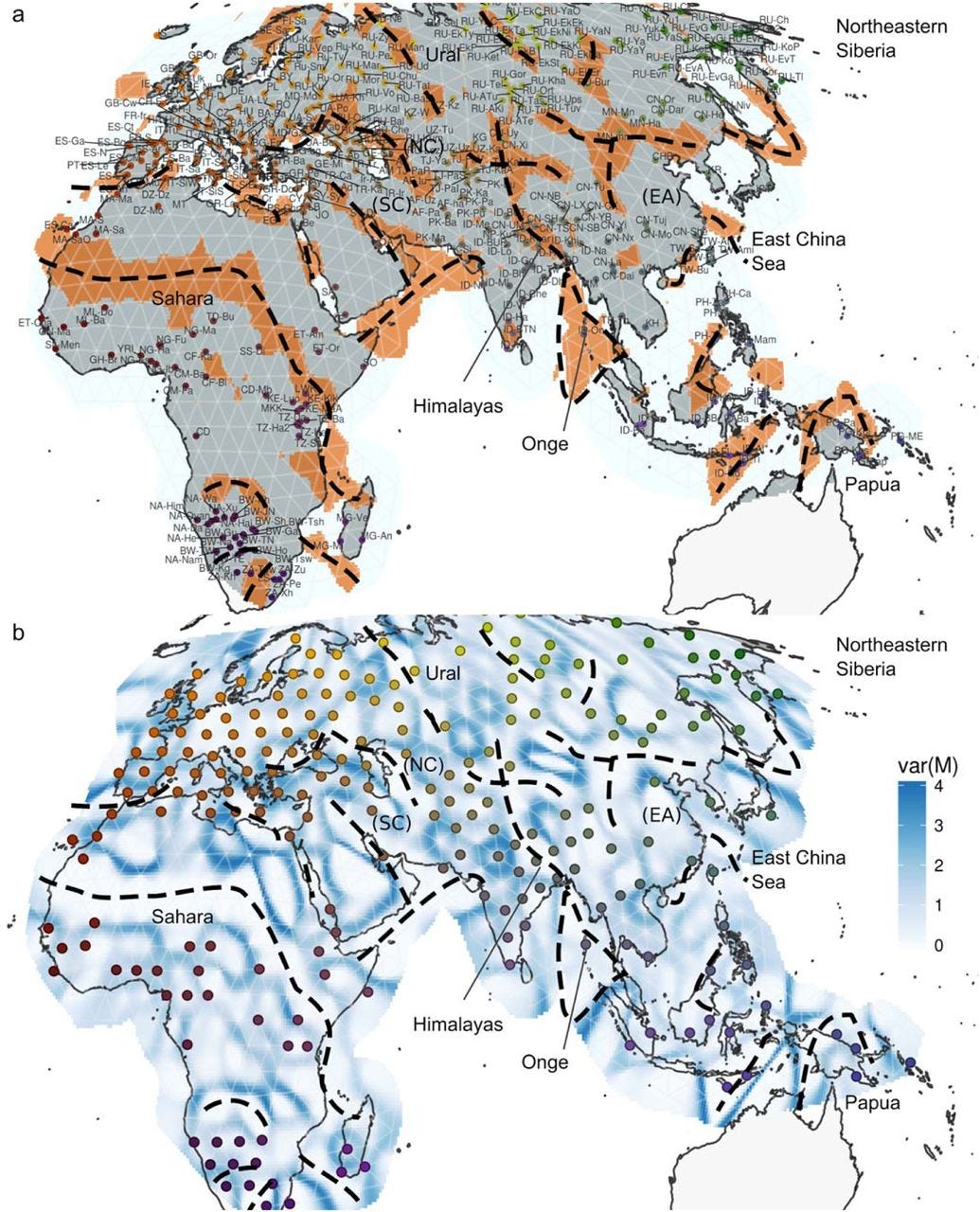
Clearly, there are many populations today that can be understood as more or less purely African, purely West Eurasian, or purely East Eurasian if we limit our definition of race to this. As you add more clusters, they seem to arrange themselves with respect to more and more recent groups in history, and by the time you reach K = 19 you can sort of make out the main ancestral components of Europe in recent prehistory — WHGs, EHGs, CHGs, and EEFs. You can clearly see that this K = 3 model is bugging in some spots. Papuans and Australians are obviously not part West Eurasian. Hadza are not 1/3 West Eurasian. These groups are chafing under the model, they are anxious to break into their own categories but are constrained. Also, it is quite clear that the groups here include races which any layman would have a hard time finding any similarity between. Australian Aboriginals are certainly not identical to East Eurasians — in fact many indigenous populations like Australian Aboriginals and Native Americans were effectively isolated from all other continental populations for tens of thousands of years. Self-identified race correlates heavily with best-fit genetic clusters, usually anywhere from 95-99% of people’s genes reflect their self-identified race. If you are dealing with people of certain ethnic groups this rate grows to basically 100%. So, in a practical sense, race does exist, but can practical race categories be backed in an anthropological context?
Notice
Deep Archaeogenetics are kind of bad. There is so much drift between paleolithic and modern times and the samples back then are usually not very high quality, and we have very few of them, so models are subject to change and inconsistency. Also, qpAdm (a common admixture modeling and checking tool) is not very reliable on some of these groups because it relies on “right pops” which basically exist as alternative population sources which can account for ancestry other than the groups being modeled for admixture. When you go far back enough these “right pops” become fewer and fewer in number because we have less and less samples. TL;DR: A lot of this is not set in stone. Even many of the things David Reich said back in 2017 are now antiquated about what components certain races have. So it’s probably best to prioritize modern population differences and use ancient roots as supplementary.
Let’s break this down by continent.
Sub-Saharan Africa
In my opinion, if we are going to classify non-Africans and Africans as separate races, then it only makes sense to classify Sub-Saharan Africans into the four extant races that existed within it at the time non-Africans diverged. That is, West Africans, East Africans, South Africans (Khoisan), and Central Africans (Pygmies). By the way, I’m not totally sure if all Central Africans used to be diminutive.
Mota is more or less representative of modern Omotic peoples like the Ari. The “Ghost Modern” population is probably a pretty flimsy assertion considering how bankrupt we are of ancient DNA from SSA but if it did exist it probably existed somewhere in the Sahel based on its shared contribution to Omotics, Nilotes and West Africans. Also, placing Ancient North Africans on the West African node might just be an artefact of the model, I’m pretty sure in the initial Taforalt study it was agreed that the Ancient North Africans were the African population most related to non-Africans. I’ll get into them later.
While it is true that these groups have had some gene flow with one another, they do have genetic distances far exceeding the distances between groups often considered different races in Eurasia. The genetic distance between Peninsular Arabs and Ethiopians is lower than that between Ethiopians and Yoruba5. The genetic distance between Yoruba and Nilotes is higher than the genetic distance between Europeans and South Asians6. Are Nilotes and Ethiosemitic Agropastoralists different races? Hmm. I’m not sure. I haven’t seen that much evidence to suggest that Ethiosemitic groups aren’t just a miscegenated branch of the Nilote branch. Omotic and Hadza could also be identified as parts of separate races arguably but they are kind of irrelevant. No offense to my Hadza audience.
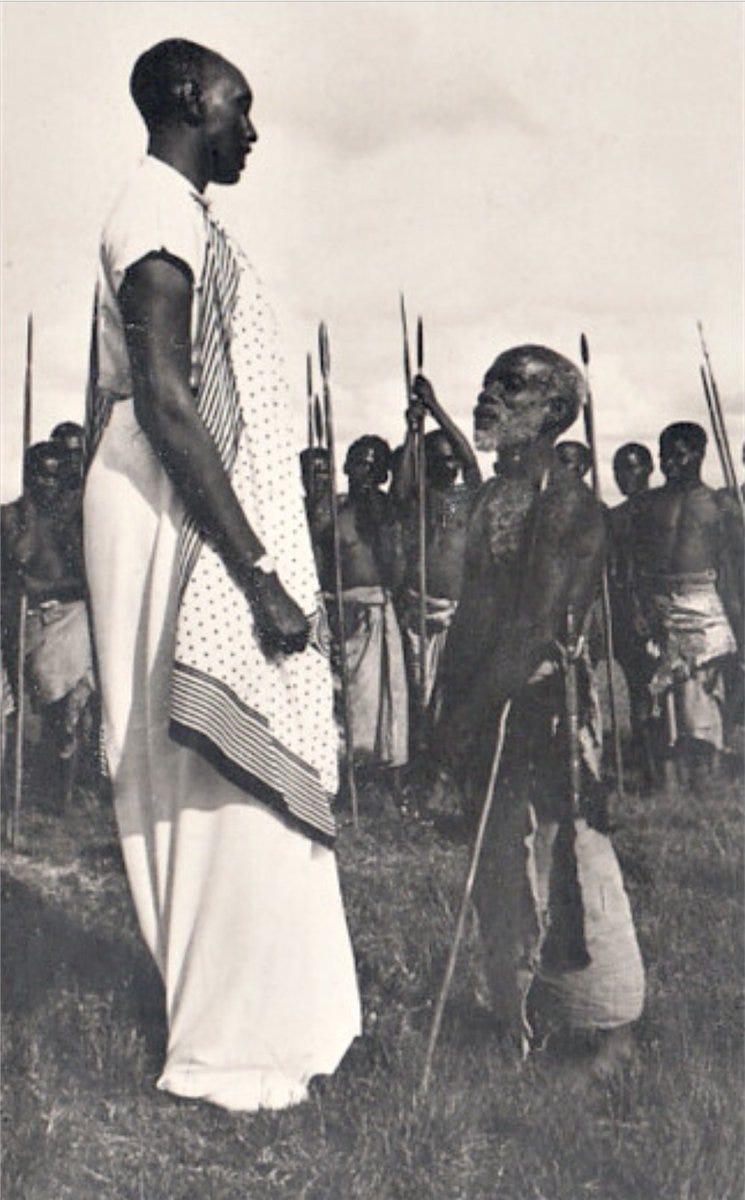
By the way, this was always a well-recognized distinction among scientific racists. You can find many 19th and early 20th century anthropology books which list East Africans as Hamitic Caucasoids, and which list Khoisan as Capoids. Examples of this include Thomas Huxley, Carlton Coon, and even way back in the 17th century by Francis Bernier.
East and South Eurasia

See related post:
The Native American Question
One of the most significant notions of our day, a very inconsistent notion basically meant for the sole purpose of kvetching about White people, is this idea of “indigeneity”. While the colloquial definition of “indigenous” means the first people to be in some place, or at the very least the people who were there before some other group, the usual suspe…
It seems unlikely that East and West Eurasians simply decided to part ways one day in Persia. And yet, a lot of people imagine this is how it all went down. In reality, it is likely that East Asians expanded into Asia and Europe before West Eurasians, with West Eurasians being basal to both East Eurasians and the earliest European hunter-gatherers. For a while people believed that IUP Europeans were “Crown Eurasians” (equidistant to East and West Eurasians) that only had a connection to early Eurasians because they admixed with Basal East Asians7, but I think the consensus is moving more towards IUP Europeans (Bacho Kiro, Oase1) forming a clade with East Eurasians very loosely89.
First of all, Australoids are obviously not the same race as East Asians. But what is an Australoid? Sahulians (Abos, Papuans) are definitely East Eurasian, but there isn’t really that much evidence that they are closer to groups like the Onge or Veddoids than the Onge are to East Asians. The reason Onge and Dravidians seem to have an “Aboriginal” signal is probably just because they both have East Eurasian ancestry that cannot be classified as East Asian. It is possible that this is purely due to increased genetic drift due to isolation, and is not real, but either way it wouldn’t matter. The Aboriginal strain is differentiated from the South Asian/Onge strain even at relatively low cluster counts in cluster analysis. The main question is whether or not Onge, South Indian, Hoabhinian, and Jomon constitute some sort of race. The graphic I pictured above predicts not, but everything I have actually seen in studies predicts yea. If they are not particularly related to each other I would only classify Australian Aboriginals (maybe Aboriginal Indians as well?) as a separate race from East Asians. If they are all related I would consider East Eurasians to be three races (south of Siberia).
Again, I am not the first person to observe the ethnic difference between Australoids proper, and the “Southern East Eurasian” populations which are similar. I’ve seen some older maps which distinguish. Some of them are from Soviet Russia though so I cannot read them.
North Asia and the Americas
Siberians have varying genetic distances from East Asians… Mongolians, Manchus, and Altaians are genetically not dissimilar to Chinamen. They’re similarly different as North Europeans are to South Europeans. But Uralic and Beringian groups are much more distant. Yakuts are fairly distant as well, which surprised me. However, I’m not sure if this is due to true distinction between Siberians and East Asians, or if it is due to a certain other ancestral strain that many Siberian groups — especially Uralics, have that East Asians don’t… And Native Americans have up to 40% of it. I’m sure many of you know what I’m going to say — the highly divergent population known as Ancient North Eurasian has influenced North Asian genetics heavily. Ancient North Eurasians are around three quarters West Eurasian and around one quarter Tianyuan (I’ve seen different studies put it anywhere from 15% to 50%, but most of them are around 20-35%). Native Americans, in turn, are almost 1/3 West Eurasian in ancestry, and are aside from that their ancestral component was quite geographically distant from other East Eurasians even before the movement across Beringia. Since then they have been isolated and descend from a small population. I don’t know if Amerindians even look East Asian due to their Siberian ancestry, as the “Mongoloid” phenotype postdates the diversification of East Asians. Early Native Americans have often been misconstrued as “Europoid” which was part of the inspiration for the Solutrean Hypothesis. The Jomon of Japan were already admixed with a Han-like population and yet they looked rather Europoid or arguably even Australoid. Obviously Andamanese people don’t look East Asian. It is possible that Amerindians developed a similar type due to convergent evolution, as we already know this happened slightly among Eastern Hunter Gatherers. Ancient North Eurasians were morphologically caucasoid as were the later ANE-rich West Siberian Hunter Gatherers, who were around 50% ANE, 20% Siberian, and 30% EHG if my memory serves me correctly. The Caucasoid phenotype emerges in history as early as Cro-Magnon, seemingly predating the “East Asian” type but probably not the Australoid or Negroid look. I’ll get into that in the next section.
All of that being considered, Amerindians are definitely no longer the same race as continental East Asians. Remember that human evolution has sped up in the past 10,000 years due to population explosions, large social units, and greater sexual selection, so Amerindians are more distinct from Eurasians than you might imagine in a practical sense. But what about Siberians? I think Siberians are not a different race from East Asians, they are East Asians who have ANE ancestry as well as more recent West Eurasian ancestry from Indo-Iranians, WSHG, Afanasievo, etc. as well as Beringian ancestry which is more or less representative of an Amerindian ancestry without the Amerindian-specific drift. East Asians pseudo-paradoxically have closer and further apart Fst distances between each other compared to West Eurasians. Mongolians are surprisingly close to Viets, but Han Chinese are surprisingly distant from Siberian Turks. This corresponds to a greater linguistic diversity in East Asia, Southeast Asia, and India compared to West Eurasia.
Almost everyone in West Eurasia speaks Indo-European or Semitic. All but a single one of the isolates attributed to West Eurasia here are extinct, in fact they’ve all been extinct for 2,000 years or longer. One region is the exception to this, the Caucasus Mountains, and although the snow-capped mountains have guarded certain languages from near doom, the people who speak them can hardly be considered untouched by the hands of the conquerors to the north and south. and although Basque isn’t extinct the Basque people almost certainly had an Indo-European elite based on their patrilineal descent from R1b Bell Beaker Folk. The exceptions to this belong to languages which expanded across the Eurasian steppe and Siberia in vast waves.
Meanwhile, East Asia is heavily divided linguistically. Sino-Tibetan, Japanese, Korean, Mongolian, Turkic, Uralic, Tungusic, Yeniseian, Hmong, Austroasiatic, Austronesian, Yukaghir, all unrelated. Because of this, it might be *gags* I hate using such libtarded terms, but… Eurocentric… To classify East Asians all as “Mongoloids”, especially since many of them split off from each other before the Mongoloid facial type even evolved. And yet, it is because of this relative lack of sweeping invasions that the metric of Fst for genetic distance is perhaps not a good way to compare the genetic distances between East Asian groups with the distances between European groups. Fst is a ratio, so it is actually nonlinear, and it relies on the proportion of genetic variation that exists between two groups rather than within both of them. If groups are not subject to as much gene flow with each other, that will increase the amount of genetic variation that exists between them due to the random mutations of genes (genetic drift) that spread exclusively within each population. East Asians have lower heterozygosity than West Eurasians, who have less than Africans, which I suspect is elevating East Asian Fst distances and minimizing African Fst distances. This is also why Fst distance is elevated in populations that experienced a bottleneck/founder event or have historically been small, isolated, and limited in scope. For example, Finns, Lapps, Kalash, Sardinians, Basques, and to some extent Ashkenazi Jews. It is doubly elevated for populations like this with respect to each other, obviously assuming they weren’t the same population at the time of whatever event caused this.
I tried settling this by using an f2 population test on R, which just measures total difference in allele frequencies, but I didn’t have all of the samples in the right format and I don’t know the caveats of this (which I’m sure there are plenty).
Anyways… Siberians in general I do not think ought to be called a race, but Native Americans can and arguably also Beringians and Inuit (as one group). They do differ genetically from other East Asians but these differences don’t necessarily reflect two “deep” population differences so much as they represent admixture from a deep population of the group we are going to be accounting for, West Eurasians.
West Eurasians

West Eurasians have relatively low Fst distances from each other — still higher than certain subspecies (species?) of animals, so you could still make a strong case for speciating humans at that level… But I’m not really looking to justify speciation of humans in this post even though I believe it ought to happen, I’m just looking for a generally useful system of racial classification for the whole world. And I may be willing to accept the “Caucasoid” model, if it wasn’t for certain facts which effectively disprove the existence of a “Deep” Caucasoid race, and instead the existence of two main vectors in the West Eurasian genome.
The first, is what I would call “West Eurasian Proper”, and this component is highest among the Epigravettians of Europe (Villabruna Man) and their descendants — those famous blue-eyed, swarthy-skinned Mesolithic foragers who followed the receding glaciers into a fresh, new Europe, smashing the matristic idols of the Paleolithic Aurignacian cannibals living in the refuges. “Sorry, but the human consumption will stop!” They shouted as they dislocated the jaws of the Aurignacians with their stone axes. Their ancestry today peaks among Balts and Finns, it is possible that early Balto-Slavs mixed especially with Hunter Gatherers living in the crevices of Neolithic Europe. It is also quite high in Basques and to a lesser extent other Iberians, interestingly enough. Probably due to the relatively high Hunter-Gatherer ancestry of the Megalithic Culture combined with the relatively low autosomal Steppe ancestry of the Iberian Bell Beaker folk. I loosely suspect that Basque is actually a WHG language for this reason and also for the reason that I believe the Cardial Ware Culture spoke proto-Berber and/or perhaps even proto-Hausa. And also because Basque is unrelated to other pre-IE languages like Ligurian, Etruscan, and Pelasgian. Solutreans, and to a lesser extent Aurignacian Iberians (El Miron) and Gravettians have a strong affinity to this group but also a significant proportion of ancestry from those “Crown Eurasian” IUP Europeans I discussed before. Furthermore, something like this Epigravettian component comprises the bulk of the West Eurasian element of the Natufian, Iberomaurusian, and Anatolian Neolithic genomes10. If you don’t know what any of this means, don’t worry, we will get to it.
I would say Ancient North Eurasians occupy a similar position as these paleolithic “Cro-Magnon” groups with respect to their “West Eurasian-ness”. All of these groups have an affinity to early East Eurasians, in fact it even our most pure instance of this group (Villabruna Man) probably has some, it’s just that some of this affinity is due to IUP European ancestry while some of it is due to gene flow from Tianyuan itself. All European Hunter Gatherers of the Mesolithic have some amount of all three of these ancestries1112. It is generally well-agreed that Eastern Hunter Gatherers are around 25-30% Villabruna-like, with the rest being ANE-derived, and Western Hunter Gatherers (including the very earliest) are estimated to be 10-30% ANE depending on the study, with the rest being the same West Eurasian component that contributed to near eastern groups, or for some samples something from Paleolithic Europe (“Ice-Europeans” as I have heard them be called).
The West Eurasian component devoid of anything IUP or Eastern, in both of these groups, is traced back to something called the KS Clade (Kostenki-Sunghir) which formed at least 36,000 years ago as it is seen in the Kostenki14 sample. By the way, you may have seen a certain… Negroid reconstrction of Kostenki14. This is actually probably just a bad reconstruction, Kostenki samples were mostly Cromagnid and Kostenki 14 was actually later confirmed to be morphologically caucasoid. Ancient North Eurasians, Ice-Europeans, and Western Hunter Gatherers were all caucasoid and predominantly cro-magnon. Interestingly, some Eastern European Hunter Gatherers demonstrate a few “eastern” traits. This is not due to admixture, but rather it is probably due to Borealization. Carlton Coon suggested in his day that the East Asian phenotype is a “Borealized” type adapted for the cold of inner Asia and Siberia. Some EHG groups displayed a more minor version of this, still retaining mostly Caucasoid features, while some EHG groups did not display it at all.
Other than that line, there is another… A ghost in the desert… A phantom… Well-learned may have heard this — there is something deep, some monster in the sands of the orient. Or so they say… They call it “Basal Eurasian”, and it has been theorized to exist since the time of Reich’s article, but the notion does not exist free of scrutiny. Reich discusses it in his book. His discussion of it is a bit dated, now that we know more. But it is the existence of this group that convinces me not to consider there to be a “Caucasoid” race in the classical sense. At the time, there were two reasons that Basal Eurasians were hypothesized to exist. Firstly, because West Eurasians had less Neanderthal than East Eurasians. Secondly, because East Eurasians were closer to WHGs than to modern Europeans, despite modern Europeans having no non-Eurasian ancestry. Ultimately, the evidence came to point to a Eurasian group which branched off before East and West Eurasians branched off — a “Basal” lineage, and this group must have been somewhere in West Eurasia for a while before mixing with the ancestors of West Eurasians.
The first of these premises — the Neanderthal question, may just be a product of selection. West Eurasians have gone through more population overturns than East Eurasians, and as Reich mentions in his book Neanderthal DNA has been selected out of the genome in all Eurasians because it interferes with survival at least very slightly. Furthermore, we are finding more and more East Asian archaic human skeletons which may represent an eastern branch of Neanderthals. We know that Neanderthal ancestry does not come from Europe, but maybe there were Neaderthals further east that were more similar genetically to the Neanderthal component in humans.
The second question is more pertinent, but a lot of evidence has come forth in the meantime. We haven’t found the ghost yet, but we have found more of its traces. Firstly, we have found another candidate for some, but not all, of the “deep” ancestry in Middle Easterners. In North Africa, we gained samples from an archaeological stone tool industry known as the Iberomaurusian group. This name is a misnomer, it didn’t actually extend into Iberia and was mainly in the Atlas Mountains. This group appears to be around half descended from a Basal-Rich Eurasian population, and half descended from an African population that Eurasians branched off from last known as Ancient North Africans. The Natufian Culture, often credited with being the first group to farm, was estimated to be partially derived from Iberomaurusians (I think in total around 10% ANA), with the rest of their ancestry being similar to Anatolian HGs. Modern North Africans have a more of this ANA ancestry as they descend largely from a mixture of Iberomaurusians and Early European Farmers, which explains why Europeans are quite genetically distant from Nafris despite contributing ancestry. Berbers are actually around 10% Steppe, probably from Beaker Folk or Romans. I highly doubt Vandals contributed. Iberomaurusians did not look African, in fact they had in the past been described as phenotypically not dissimilar to the cromagnids to the north. Some reconstructions make them look very Semitic.
I am not entirely convinced that this is real, or at least that Natufians can be explained entirely as a combination of AHG-like and Iberomaurusian. When I say AHG-like, I am referring specificly to the Dzudzuana Sample from the Caucasus ~27,000 BC that took center stage in the study that came to this conclusion. The Iberomaurusian Taforalt sample predates this one, but in that study they were less confident about there being bidirectional DNA flow between IBM and Natufians. However, in this study there is an overarching desire to model all West Eurasians as primarily descended from this Dzudzuana type that I think has some clear failures. Namely, they are incapable of classifying Neolithic Iranians with Dzudzuana without having excess Basal, and as far as I know there is no evidence that these ‘Zagrosians’ as I think it is apt to call them, have the same affinity to Ancient North Africans. The original Taforalt study denied the possibility of gene flow on the basis that any sort of African component would contradict previous findings that Natufian did not have any Sub-Saharan ancestry. In fact, this lack of Sub-Saharan ancestry in West Eurasians was part of the reason Basal Eurasian had to exist in the first place. Dzudzuana, by the way, is modeled as around 28% Basal Eurasian, and 72% Epigrvaettian/WestEurasian-like, and is said to be almost genetically the same as the later Pinarbasi sample which represents Anatolian Hunter Gatherers, which itself is similar to Anatolian Farmers who invaded Europe and Asia. Meanwhile, previous studies had modeled both Natufians and Zagrosians as over 50% Basal-Eurasian. There is clearly another source of Basal Eurasian contributing to the near east that isn’t Dzudzuana, myself and others have theorized that it will one day be found in the Baradostian Culture.
Iran_N clearly has something East Eurasian, Tianyuan or IUP WestEuro and also has some sort of affinity to a sample from Czechia 45kya Zlaty Kun, who was an actual Basal Eurasian — just maybe not the Basal Eurasian we’re looking for as it is seen in Zagrosians and Anatolians and Natufians. Probably less Basal than the real Basal Eurasian but still basal to every other sample in Eurasia we have. Recent releases1314 have also not expanded on the ANA model or have modeled Natufians without it entirely, furthering my skepticism.

Also, something I have only seen on forums before now, the study that is not this one that was released in 2024 models EHG and WHG as part-Dzudzuana, and subsequently part-Basal, which is interesting. And CHG is modeled as mostly Iran_N with some input from Dzudzu and some extra ANE. CHG is clearly less Basal than Iran_N, this was shown in the initial Dzudzuana study as well. There is a very clear gap between Europe and the Middle East, only bridged by marginal mountain peoples of the Caucasus. This reflects qpAdm runs on West Eurasians. Middle Easterners have substantially more Iran_N and Levantine than even southern Europeans, and less Anatolian. CHG is about the same throughout except for Caucasian groups like Georgians.
See this post for more:
Defining "Whiteness": The RIGHT Way
Walk into basically every introductory social science course these days, and the instructor will probably have to go on this utterly uneducated and stupid spiel about how biologists don’t believe race exists, and how race is merely a “social construct”, i.e. what race you belong to depends on the social situation, not the genetic or phenotypic character…
At this fault line, which can be made out on the picture I initially posted (meanwhile, within europe genetic difference is almost entirely reflective of location on the continent15 with the exception of the Lapps for obvious reasons), and the two branches which these groups represent are deep in origin. This difference is reflected at K = 9 on the cluster analysis, likely due to the aforementioned relatively low Fst distances between West Eurasians.
Conclusion
Final concept… The races which should be used when considering the entire world are: South Africans (Hottentots, Khoisan), Pygmies, East Africans, West Africans, West Eurasians, Basal-Rich Eurasians, East Asians, Native Americans, Beringians/Deep-Siberians, and Australian Aboriginals. Depending on the reality of deep genomics, there may be two more races on this list: Ancient North Africans and Southeast Eurasians, however the Southeast Eurasians effectively exist only as a ghost in the same way that Basal Eurasian does — the main difference is that Basal Eurasian is a much deeper difference than the E-SE difference. ANA is also a minority in all extant populations, I think. I’ve heard it is high in Fulani, and probably the true culprit behind their “Hamitic” appearance. Fulani are not East African. There is another possible environmental culprit for this weird look but I don’t remember it.
This all maps quite well to an old tree division of humanity I found in a 2015 study:
I am looking for a system that combines a reflection of deep genetic history, a reflection of phenotype, and is practical to work with and look at the world with. This post is long enough… If you made it all the way to the end, thanks. Here is a chungus for the road
One section of this article might be outdated.
https://www.nature.com/articles/s41586-020-1929-1
https://pmc.ncbi.nlm.nih.gov/articles/PMC7015685/
https://pmc.ncbi.nlm.nih.gov/articles/PMC7115999/
https://commons.wikimedia.org/wiki/File:Fst_values_of_East_African_and_other_populations.png
https://www.brownpundits.com/2020/07/11/genetic-distance-in-europe-and-south-asia/ also Razib Khan blocked me on Twitter because he was using his last name to justify his race mixing and I told him about the Mongol anti-miscegenation laws
https://www.researchgate.net/publication/350711554_Initial_Upper_Palaeolithic_humans_in_Europe_had_recent_Neanderthal_ancestry
https://pubmed.ncbi.nlm.nih.gov/35445261/
https://www.nature.com/articles/s41467-024-46161-7
https://pmc.ncbi.nlm.nih.gov/articles/PMC10089921/
https://www.nature.com/articles/s41559-022-01883-z
https://www.nature.com/articles/s41586-023-05726-0
https://pmc.ncbi.nlm.nih.gov/articles/PMC10781627/
https://pmc.ncbi.nlm.nih.gov/articles/PMC10963722/
https://www.nature.com/articles/nature07331

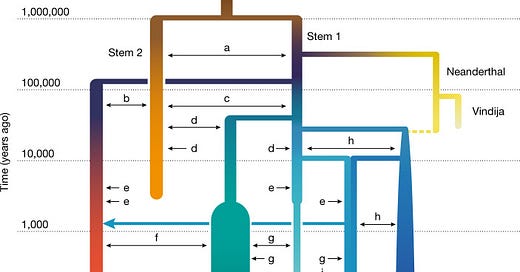



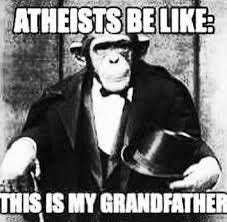
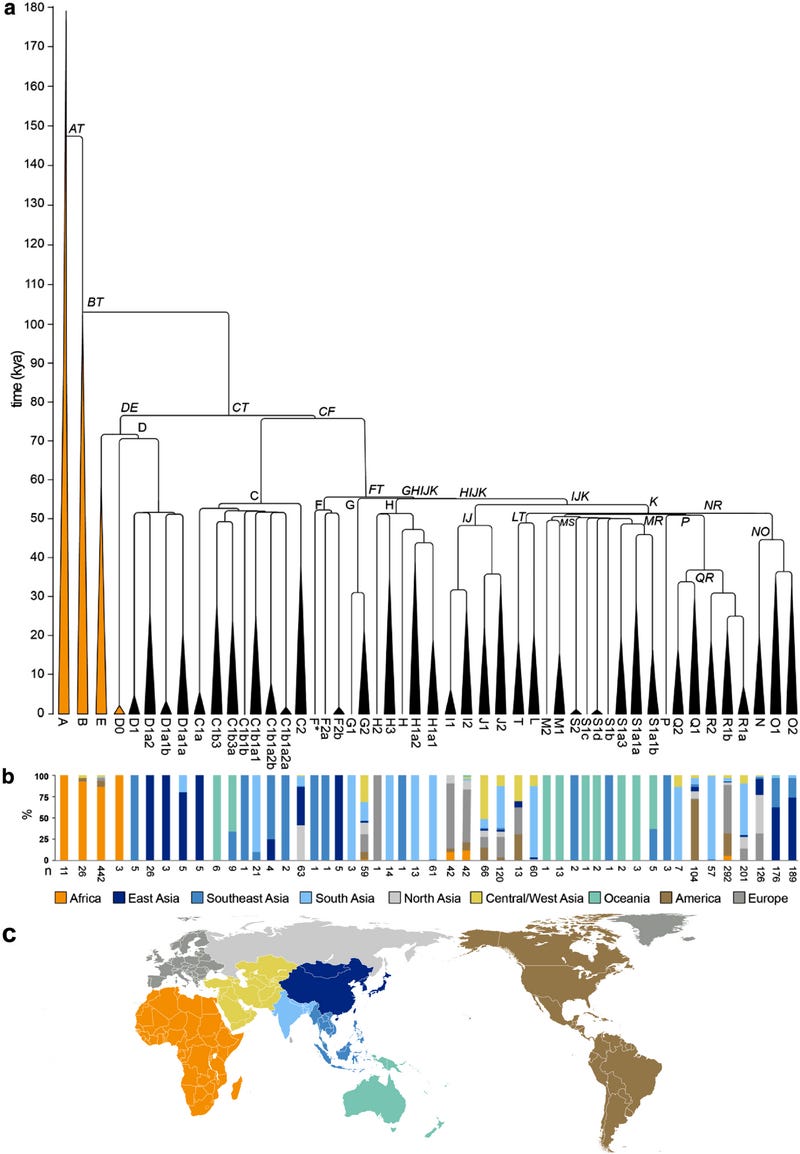
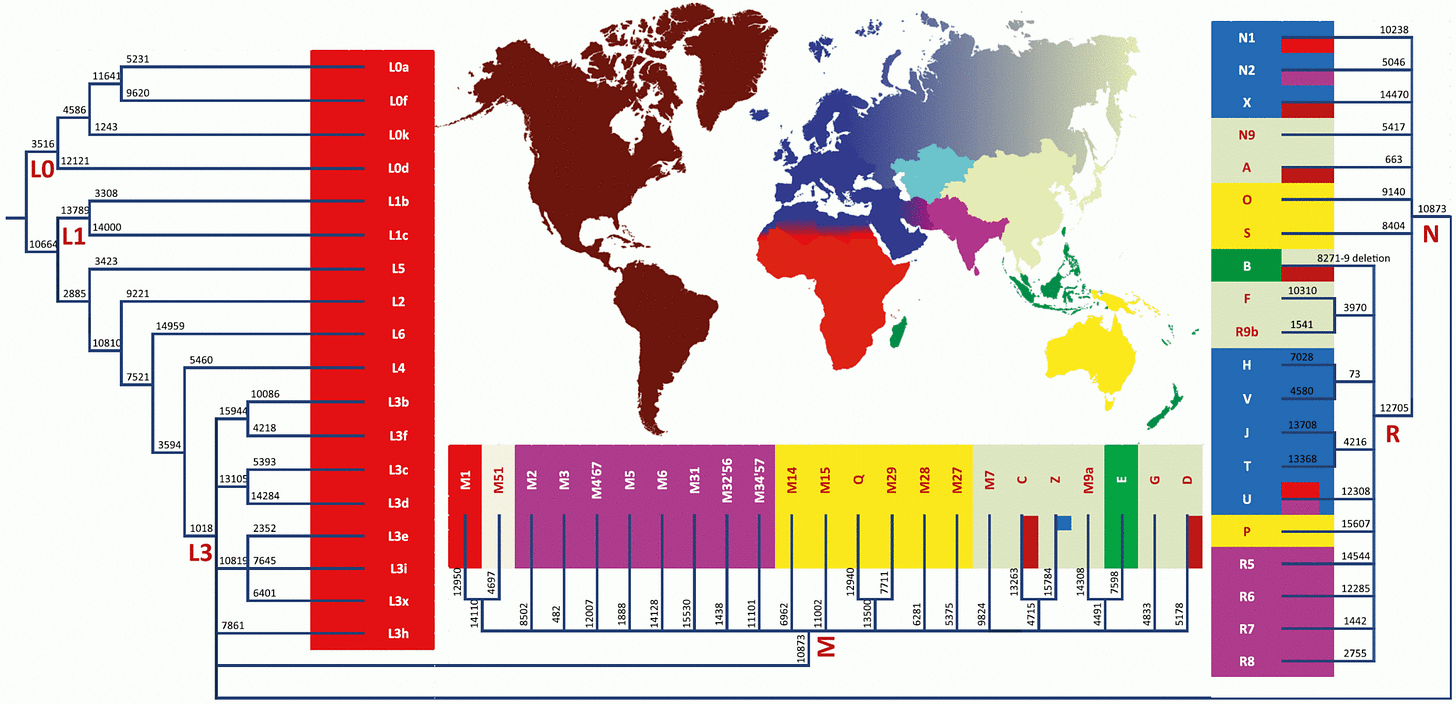
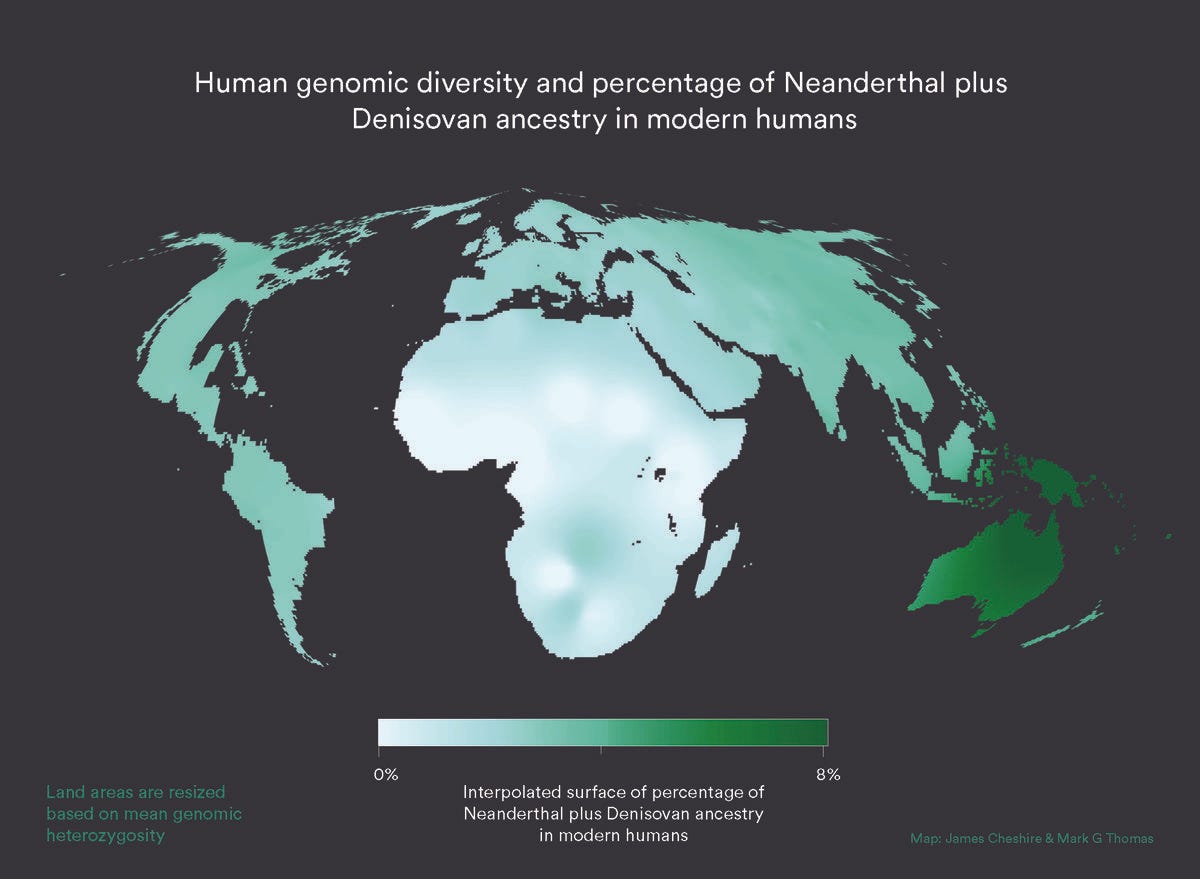
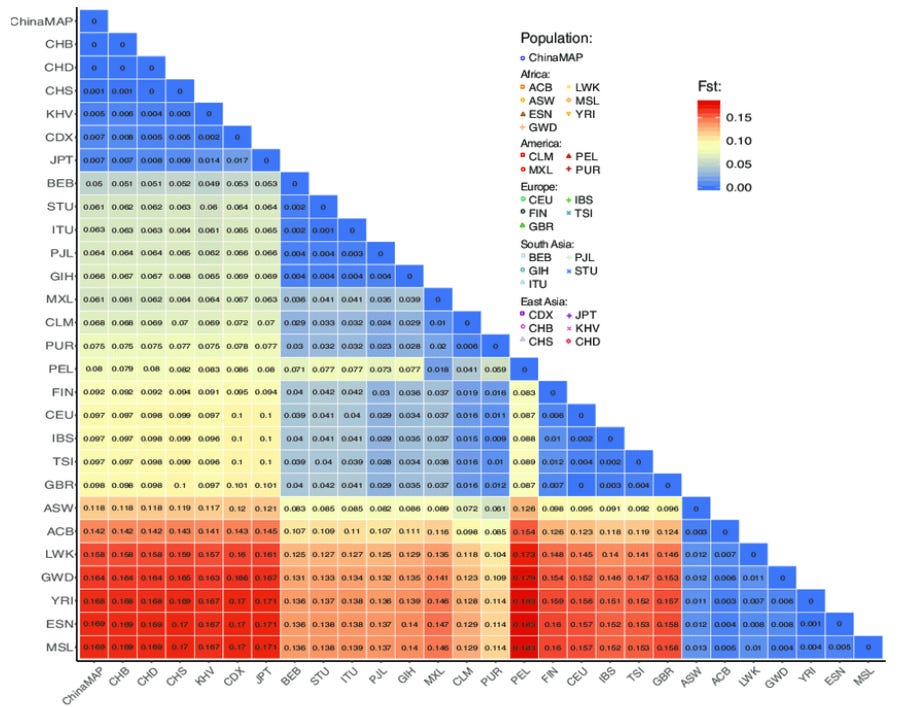
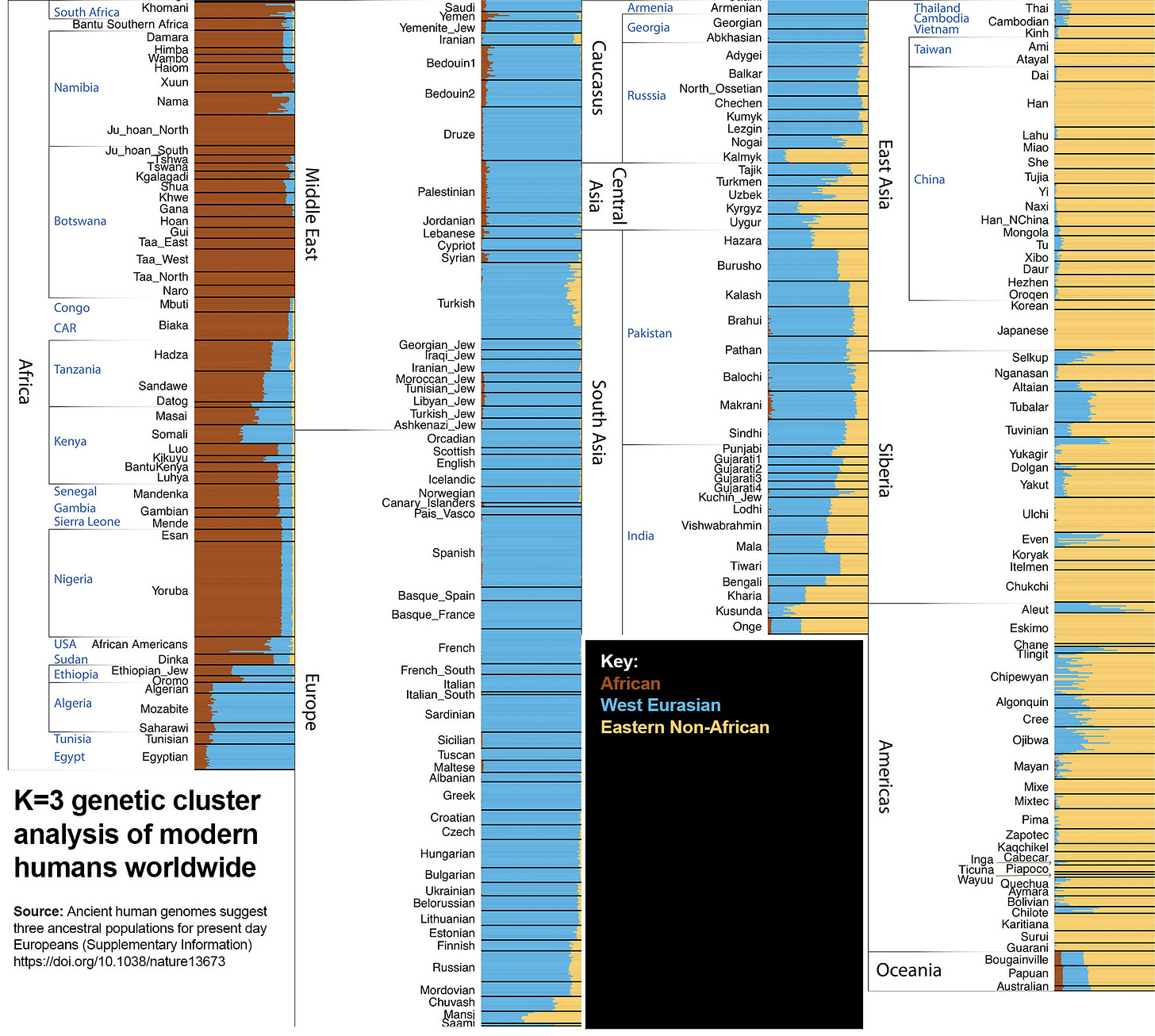
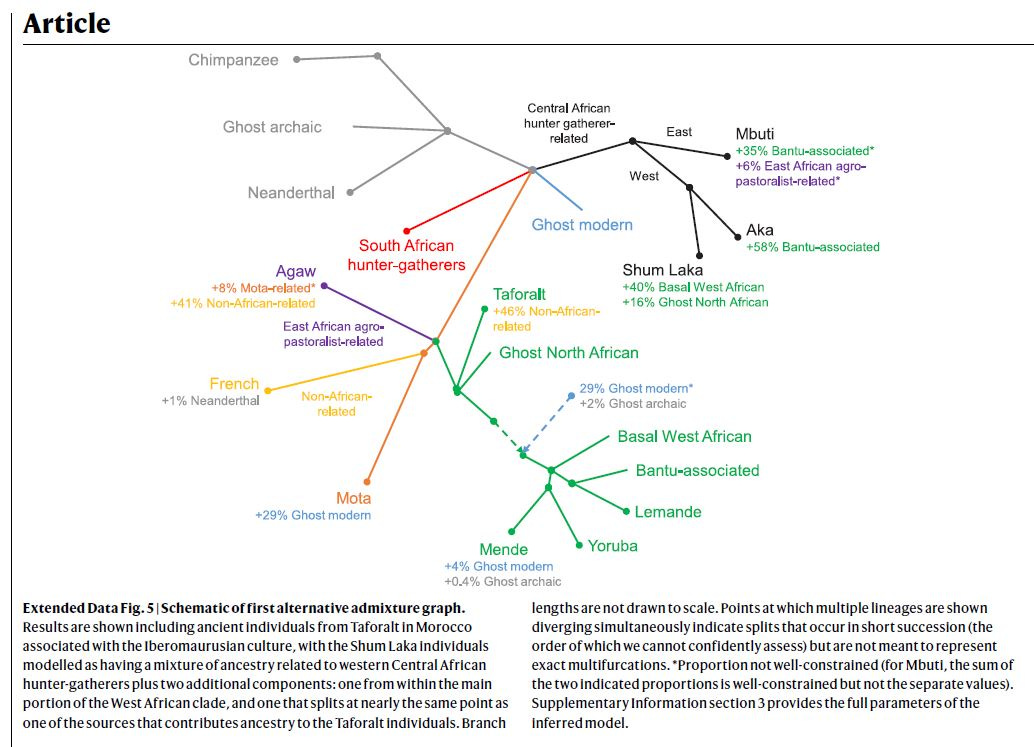
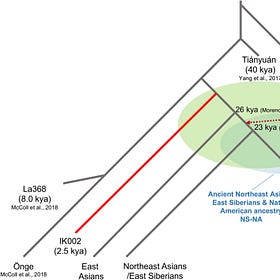


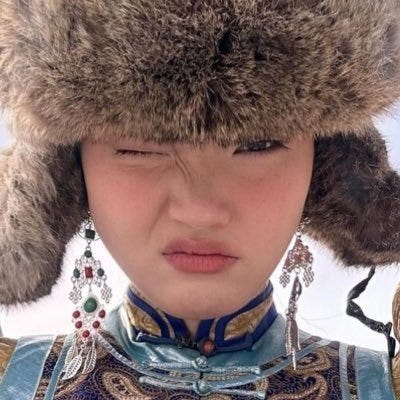

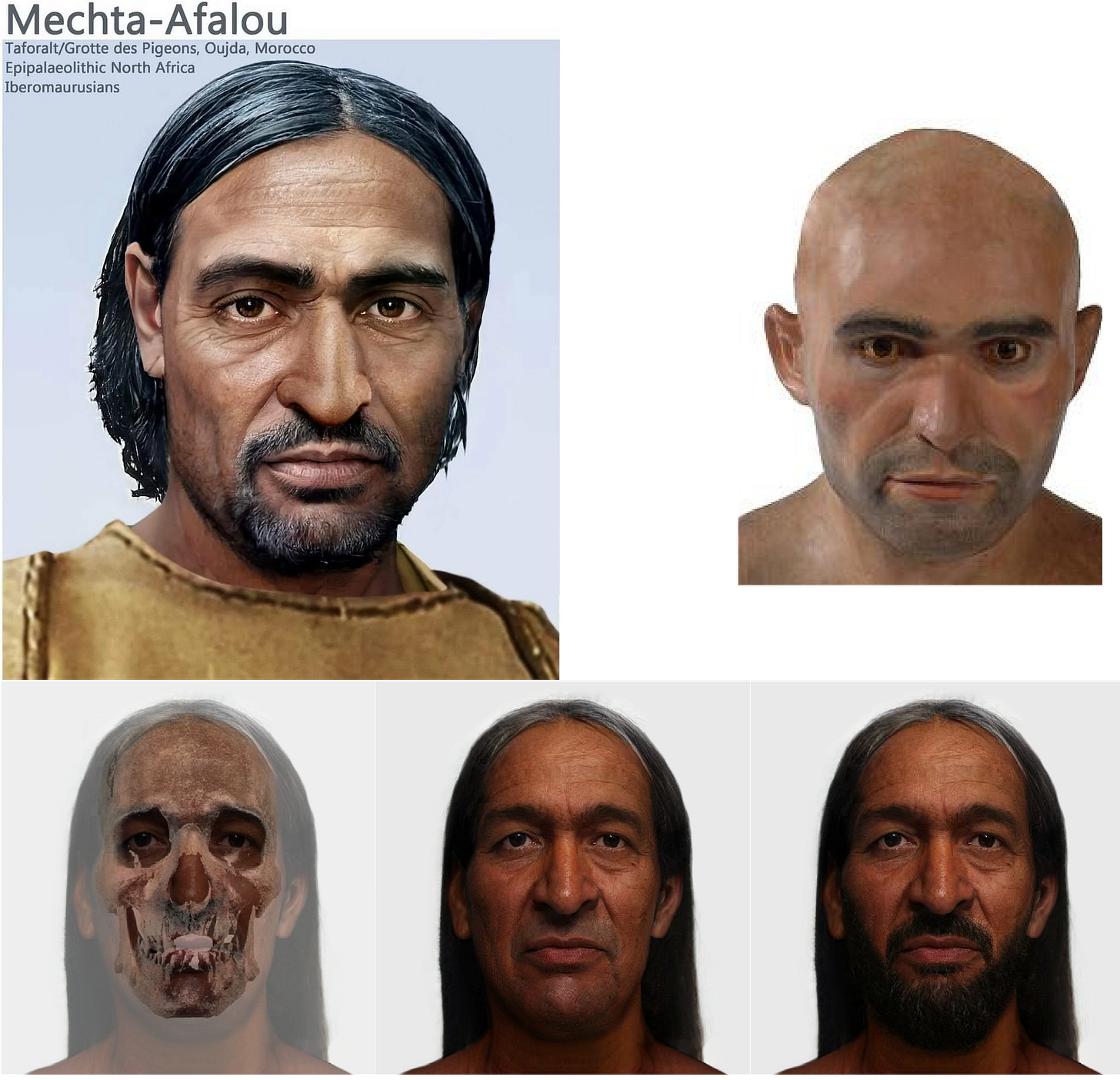


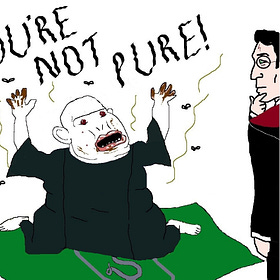
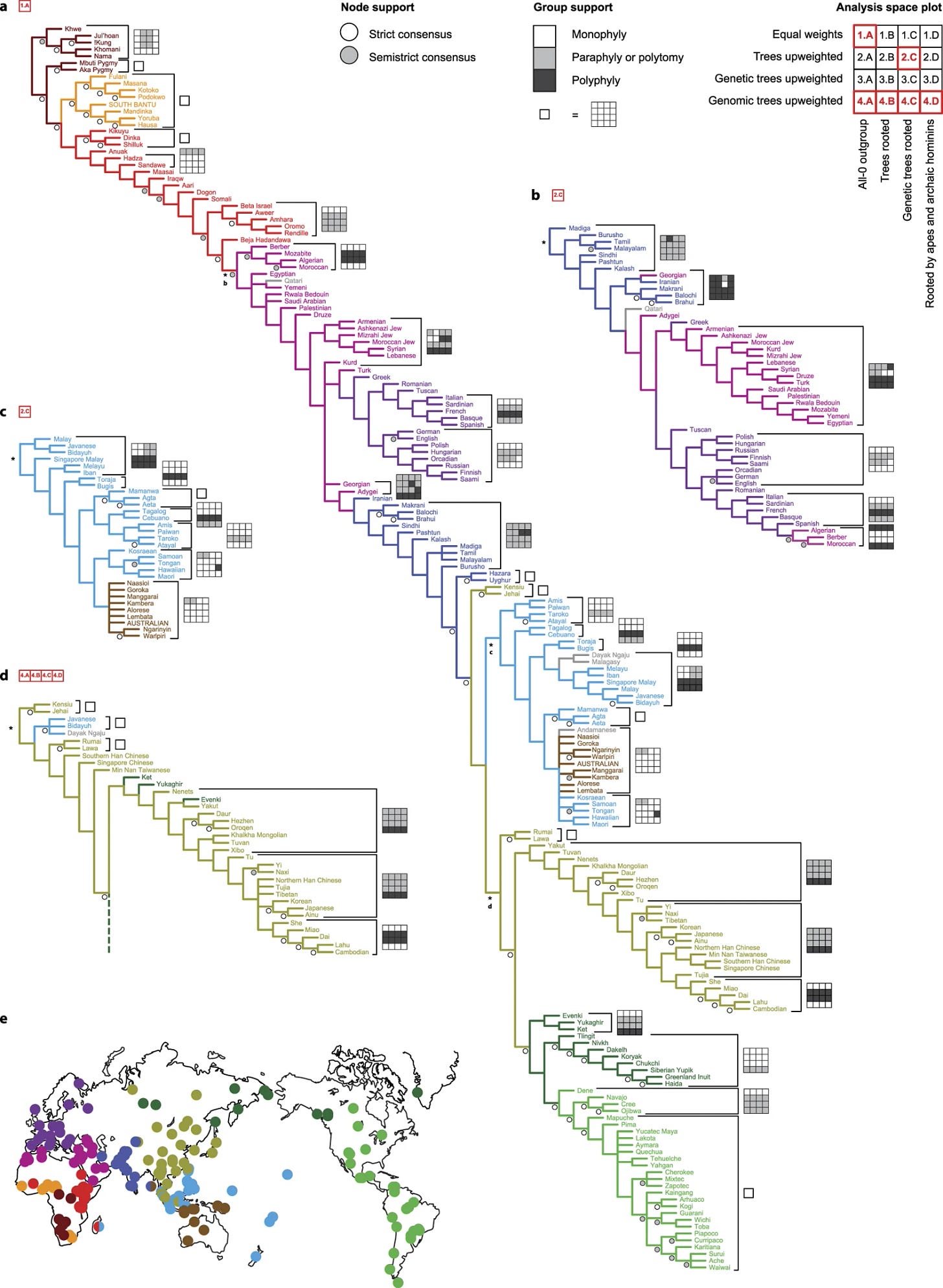
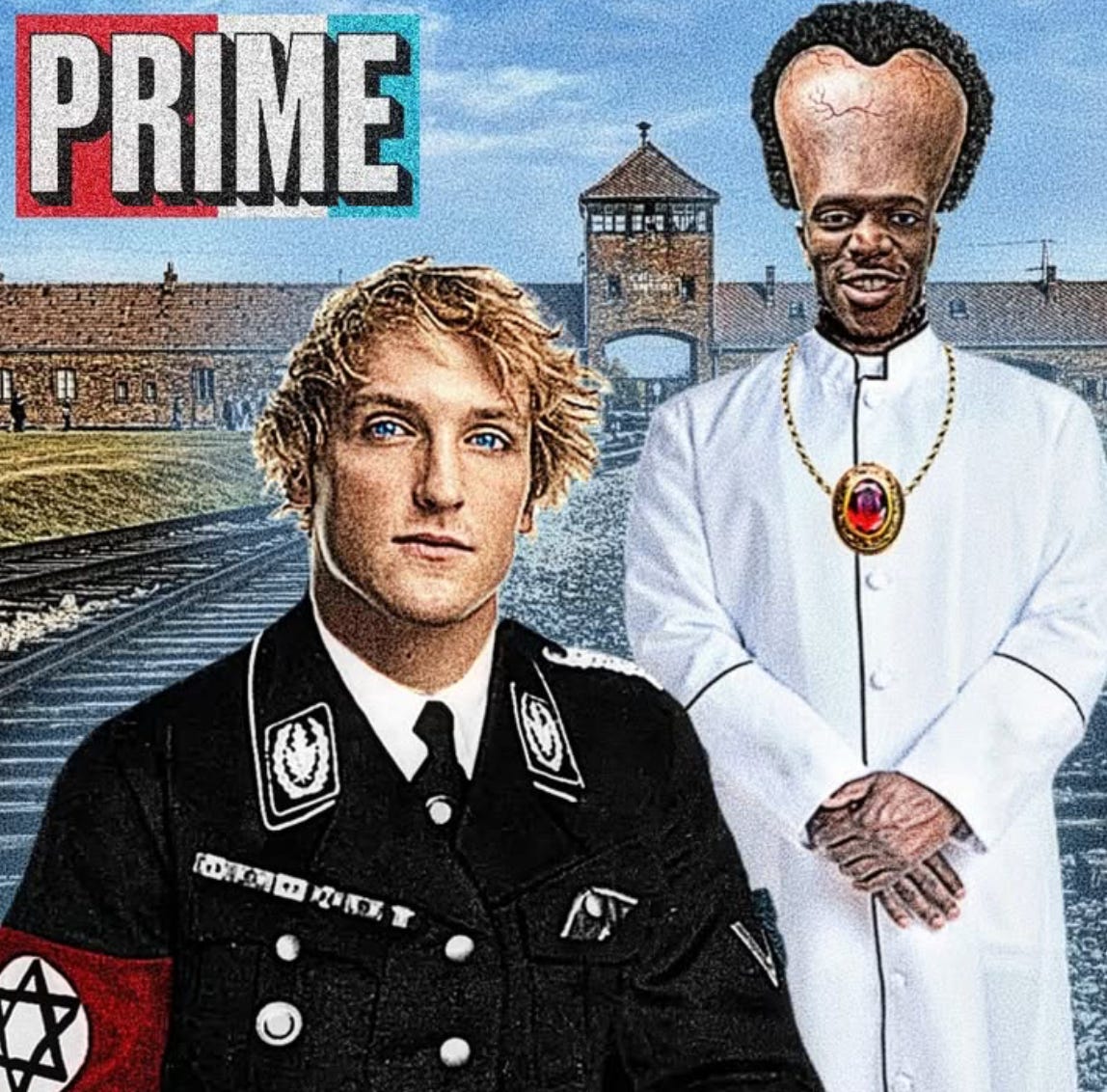
Credit to Jewtubers on insta for the prime edit
K=3 defeats hapa futurism. You're telling me that Turkmen, Uzbeks, and Uygurs are the master race? No, North East Asians and North Western Europeans are highly selected populations and Gatineau's continental paint-pot theory fails. This suggests to me that deep continental ancestry (40k years ago) doesn't matter at all, and the majority of divergence in human intelligence came in the last 10k years, or maybe even 6k years.